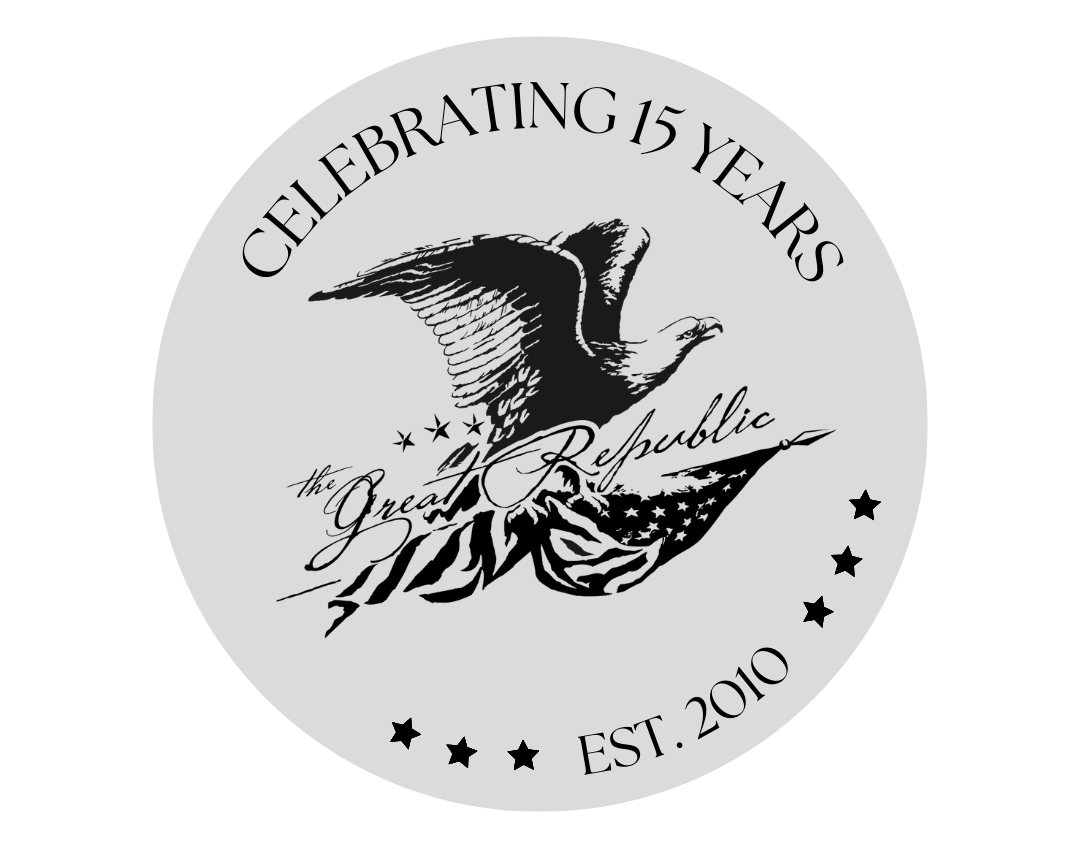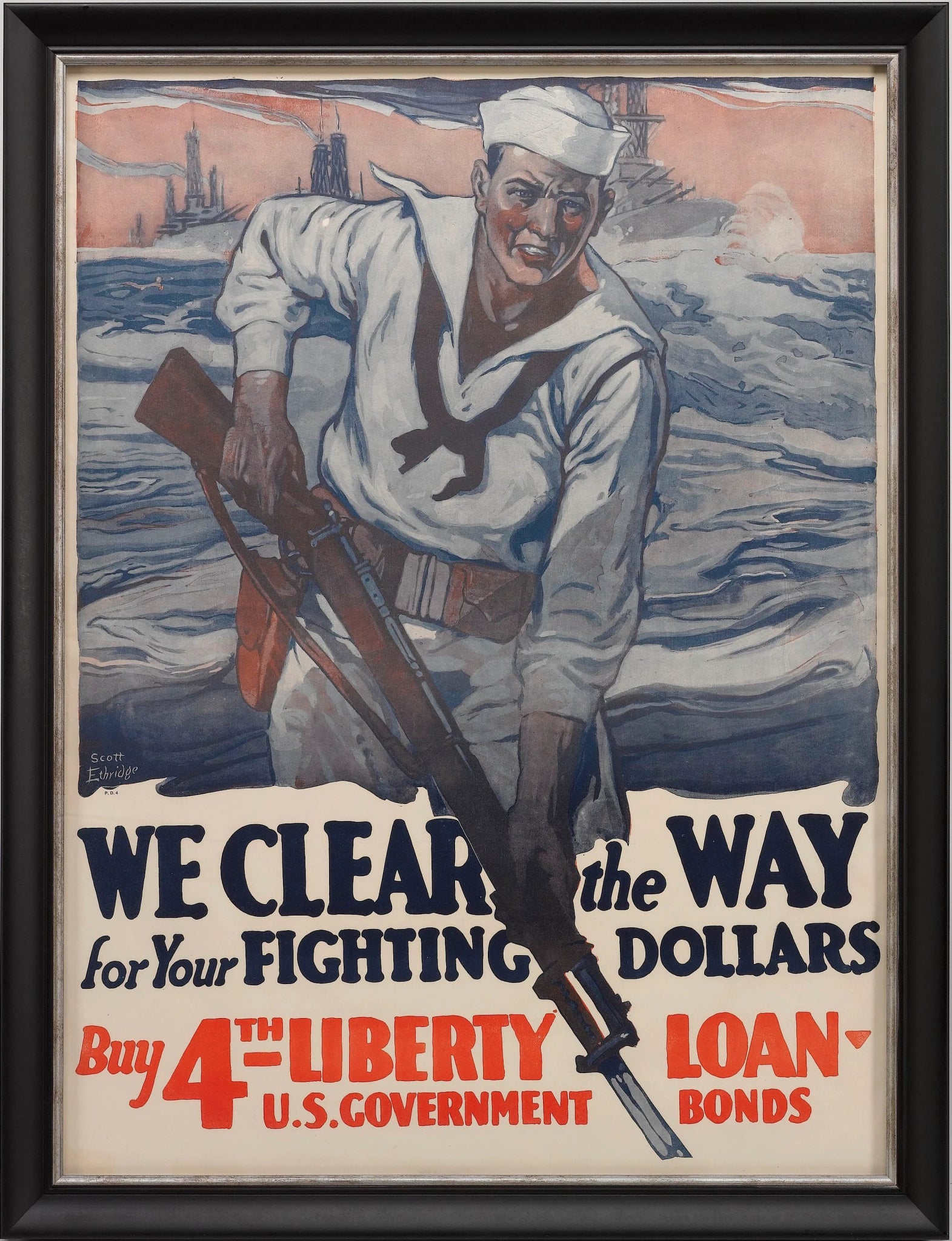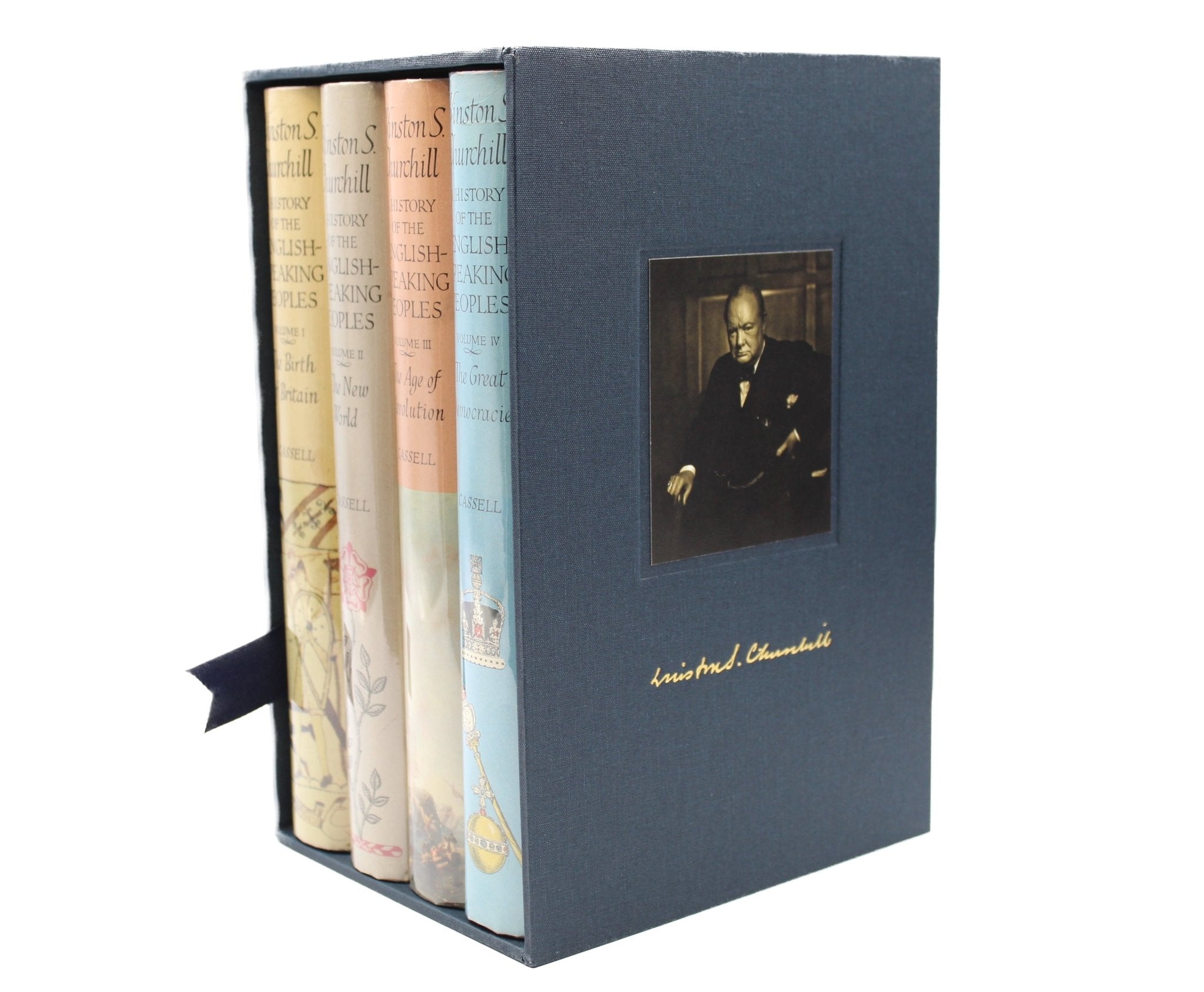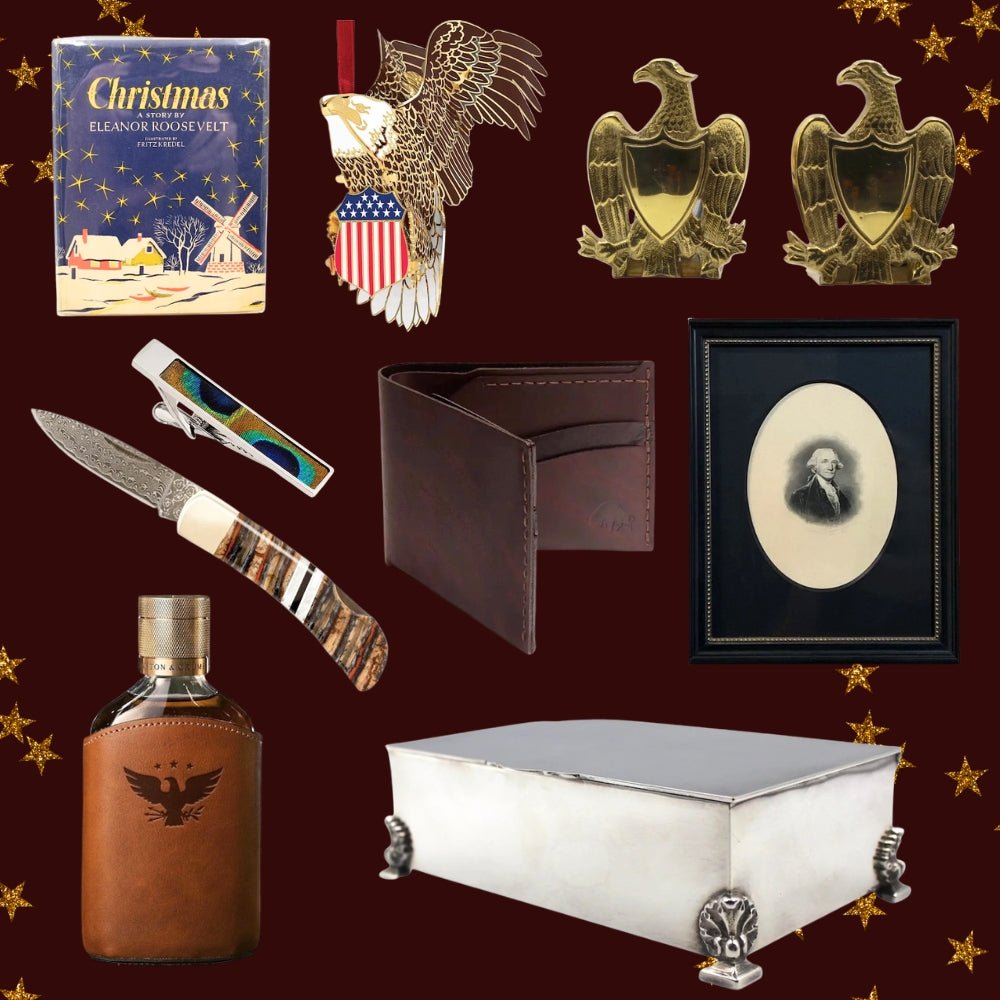John Rogers: Sculpting the Civil War
Created in 1868 by the artist John Rogers, this plaster sculpture, entitled "The Council of War" is a monument to three key figures in the war, General Ulysses S. Grant, Secretary of War Edwin M. Stanton, and President Abraham Lincoln. One of Rogers' most resonant works, the sculpture features a seated Abraham Lincoln holding a large map, flanked by Lt. Gen. U.S. Grant and Secretary of War Edwin M. Stanton. Grant points toward the map with his right index finger while Stanton, cleaning his glasses, looks on.
The idea for the grouping came from Secretary Stanton directly. Rogers asked for his advice through his wife's cousin, John H. Clifford of New Bedford, Massachusetts. Stanton wrote to Clifford describing a meeting of the war council in March 1864, wherein Grant, “after returning from his first visit to the Army of the Potomac, laid before the President the plan of operations he proposed to adopt.” Stanton suggested that “the group would embrace the three figures of the President, Secretary of War and General Grant. It would require no accessories but a roll or map in the hands of the General." Rogers' composition is very close to Stanton's suggestion except for the map, which Rogers placed in the hands of the President, rather than the Secretary of War, making Lincoln the central figure.

A staunch Union loyalist, Rogers did not fight in the Civil War, as he received his draft notice just days before General Lee surrendered at Appomattox. Instead, he spent the war years sculpting. Between 1861 and 1865, he produced 14 different Civil War groups, which all reflect his pro-Union and pro-emancipation views. Although "The Council of War" features famous individuals, most of his Civil War works displayed moments from scenes of common soldiers in their camps or scenes from home front.
One of his most popular groupings was "Wounded to the Rear. One More Shot." As Rogers described this work, “Two wounded soldiers have been ordered to the rear during a battle, but one of them is taking out a cartridge to load up again, determined to have one more shot before leaving." Plaster sculptures of "One More Shot" went on sale in November 1864, and gained popularity with veterans of the war and their families, due to its depiction of the tenacity of soldiers. It was so popular that it remained in Rogers’ sales catalogs until the end of his career.
In fact, it was one of two Rogers sculptures that General George Custer took with him wherever he was assigned. In Elizabeth Custer’s memoir Boots and Saddles(1885), she mentions “two of the Rogers statuettes that we had carried about with us for years...our attachment for those little figures, and the associations connected with them, made us study out a way always to carry them." "One More Shot" was also used as a commemorative gift for important Civil War figures after the fighting ended. In 1868, a plaster copy was given to General Joseph R. Hawley, then president of the Republican National Convention. Hawley declared, "Nothing relating to the war in painting or sculpture surpasses 'One More Shot.'"
Reviewing his financial success and the popularity of his sculptures, one cannot deny the emotional appeal and resonance of Rogers’ works. A sculptor for the people, Rogers produced works in plaster rather than bronze, so that more could actually afford to purchase them. His works were used almost as in-home monuments, to help viewers process their feelings from the war, memorialize those who died, and celebrate their loyalty to the Union.







